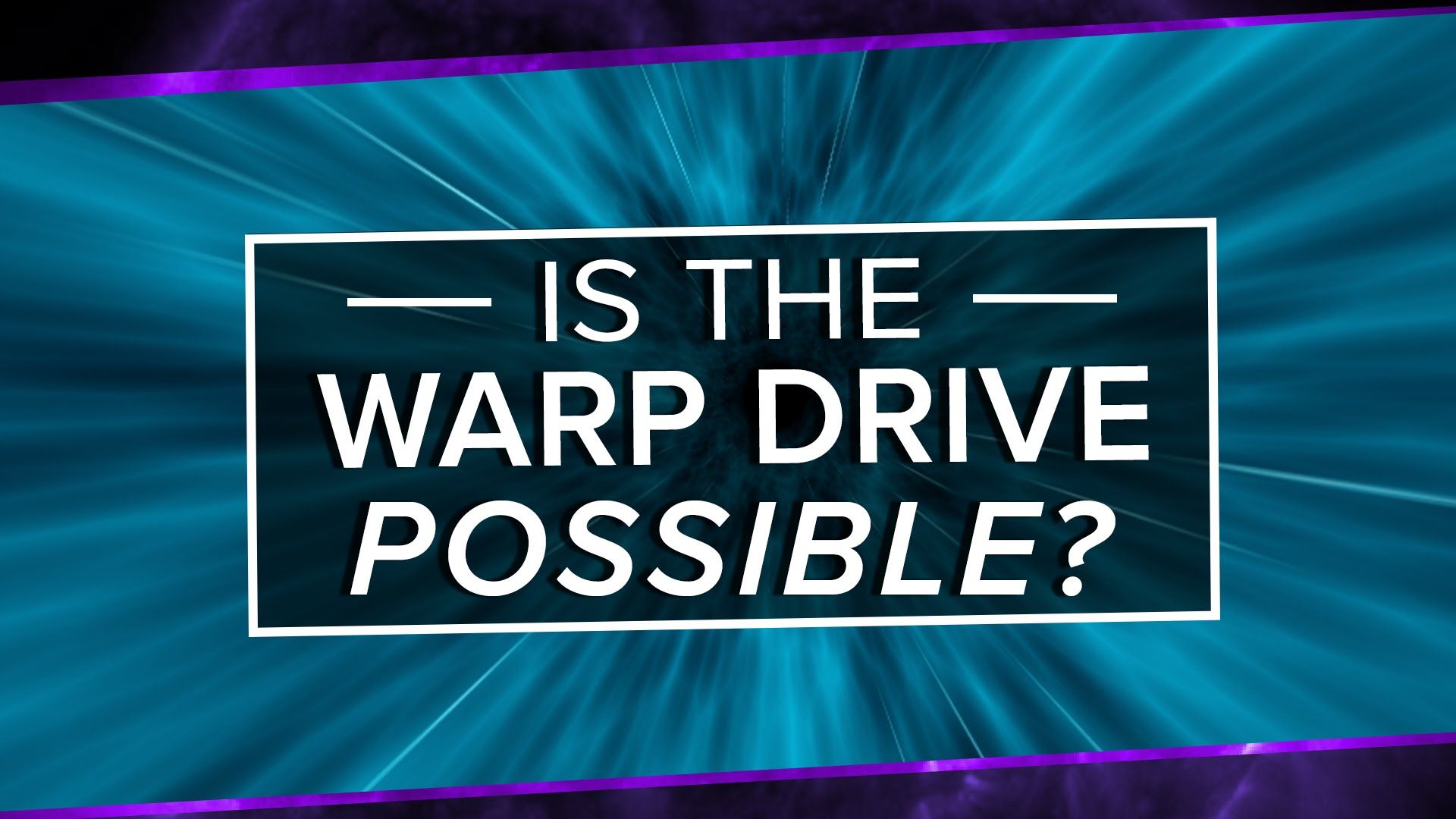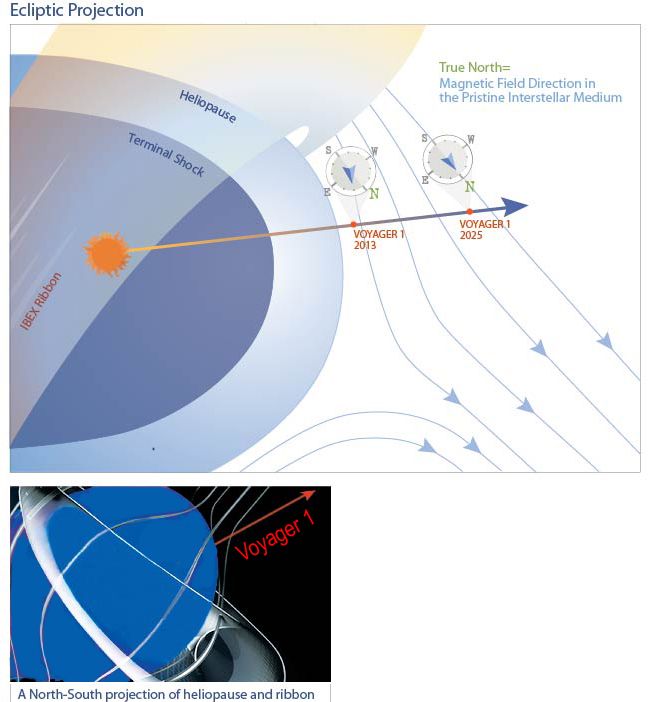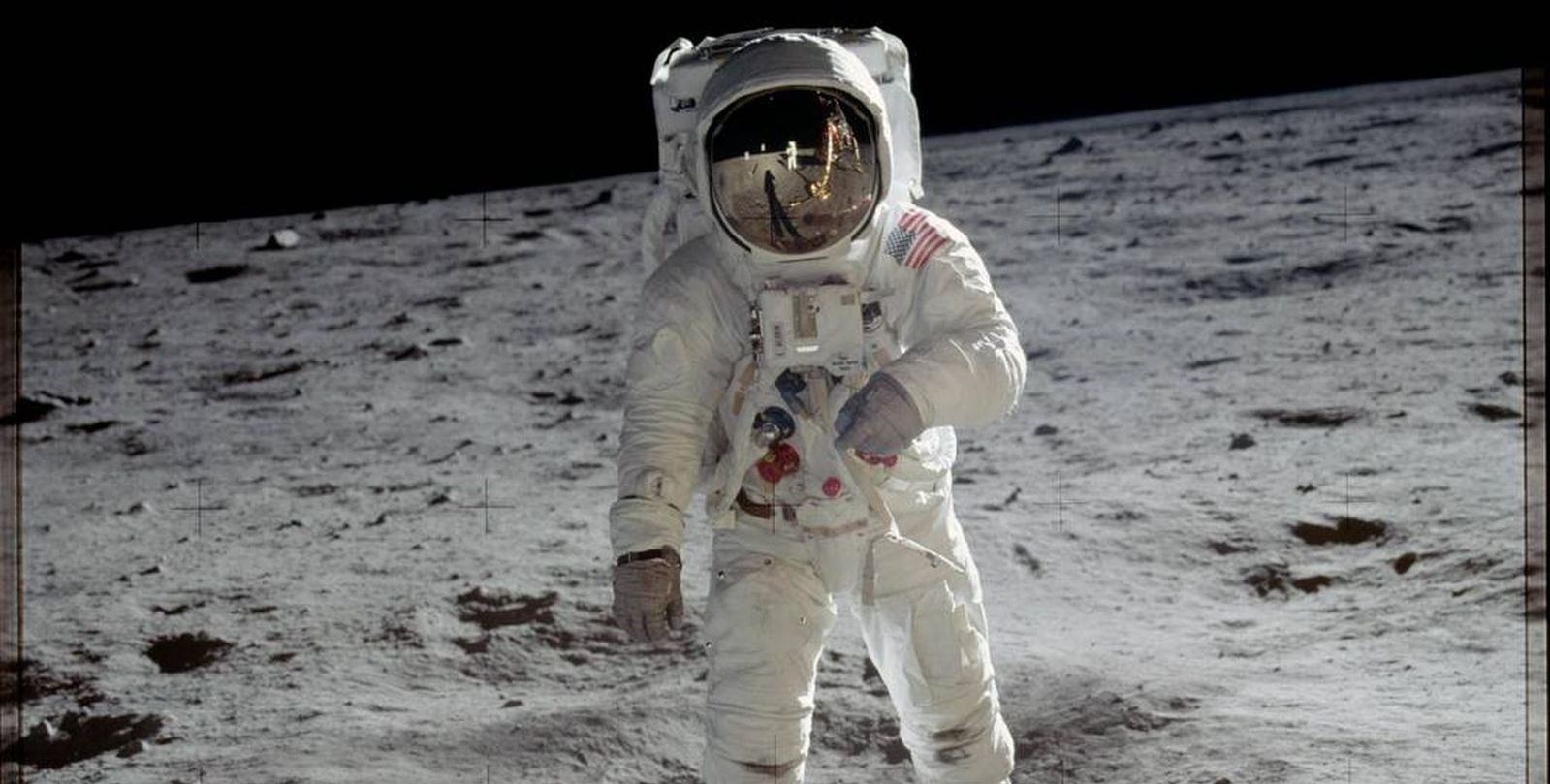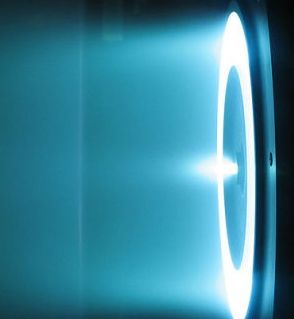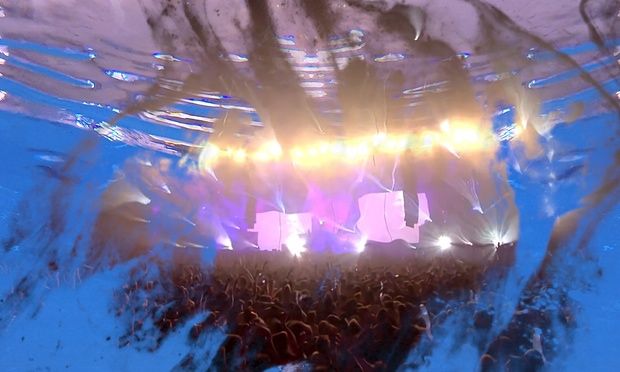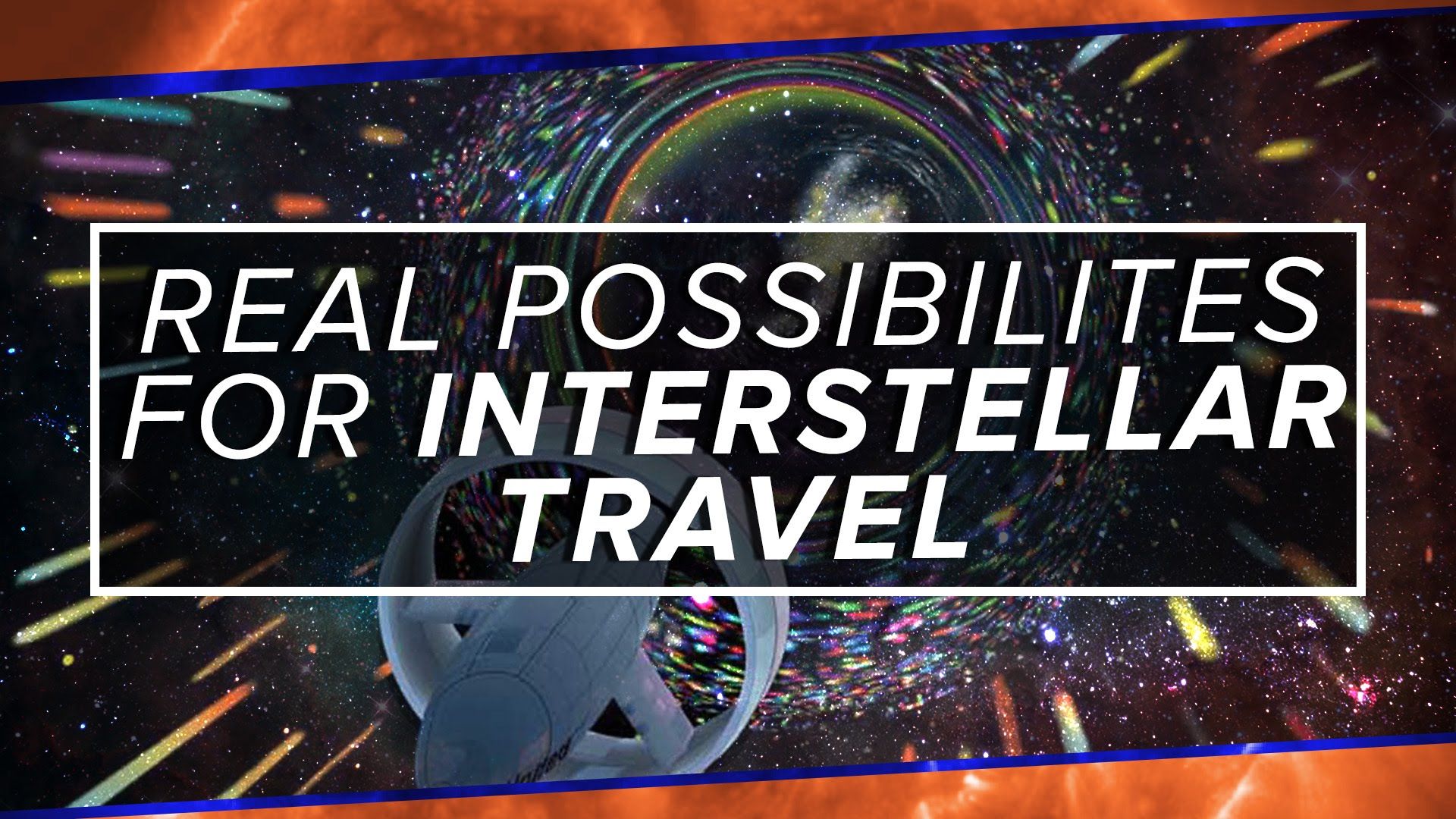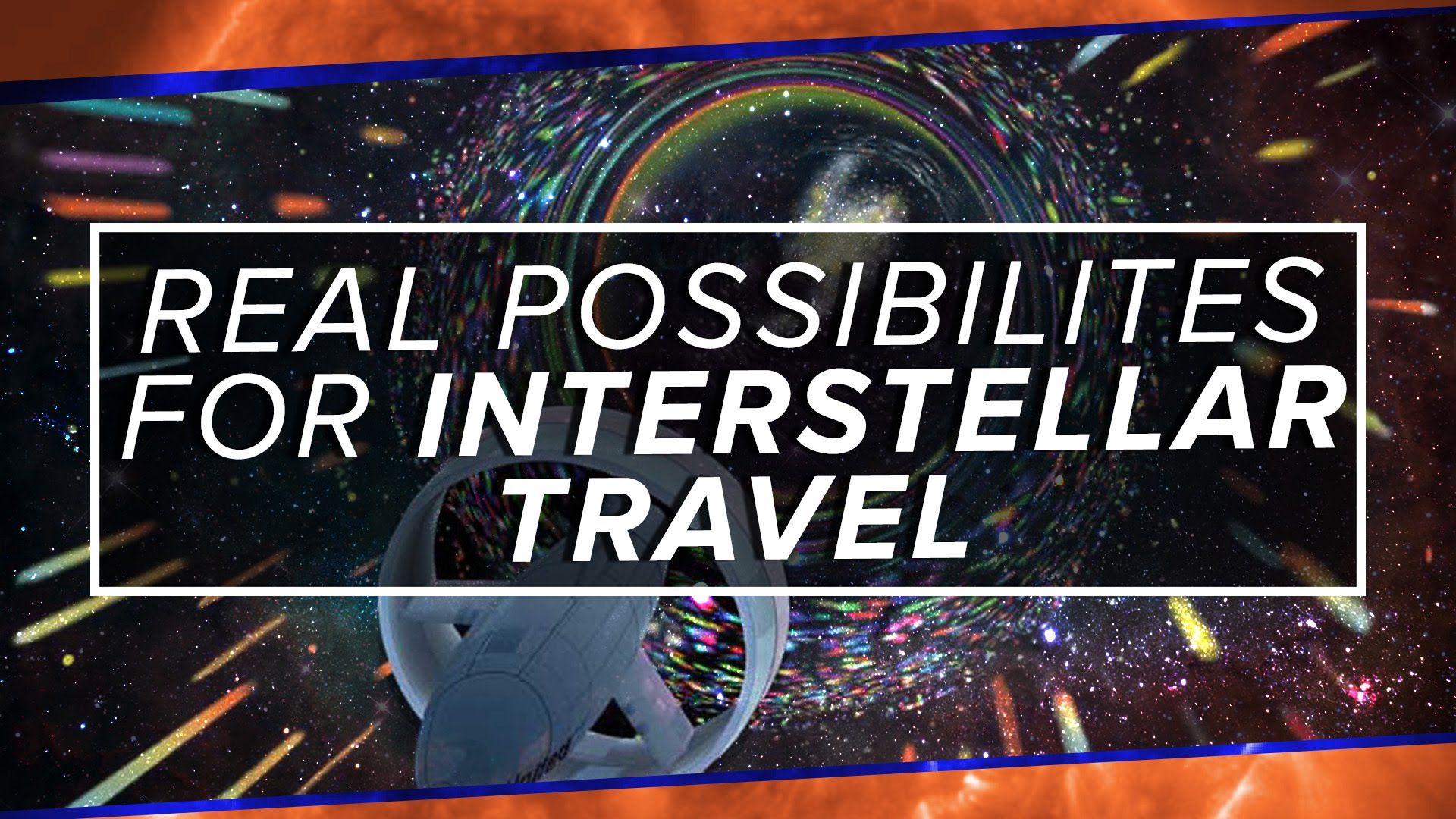Is mankind capable of achieving warp speed?
Tweet at us! @pbsspacetime
Facebook: facebook.com/pbsspacetime
Email us! pbsspacetime [at] gmail [dot] com.
Comment on Reddit: http://www.reddit.com/r/pbsspacetime
Inspired by Gene Roddenberry’s Star Trek, physicist Miguel Alcubierre set out to transform one of the cornerstones of science fiction iconography, the Warp Drive, into reality. But is it even possible? Can we “warp” the fabric of reality so that we can break the speed of light? And why is NASA actually exploring this potentiality? Join Matt on this week’s episode to learn the physics of what’s physically possible!
“What Happens At The Edge of the Universe”:
https://www.youtube.com/watch?v=AwwIFcdUFrE
—————————————-
